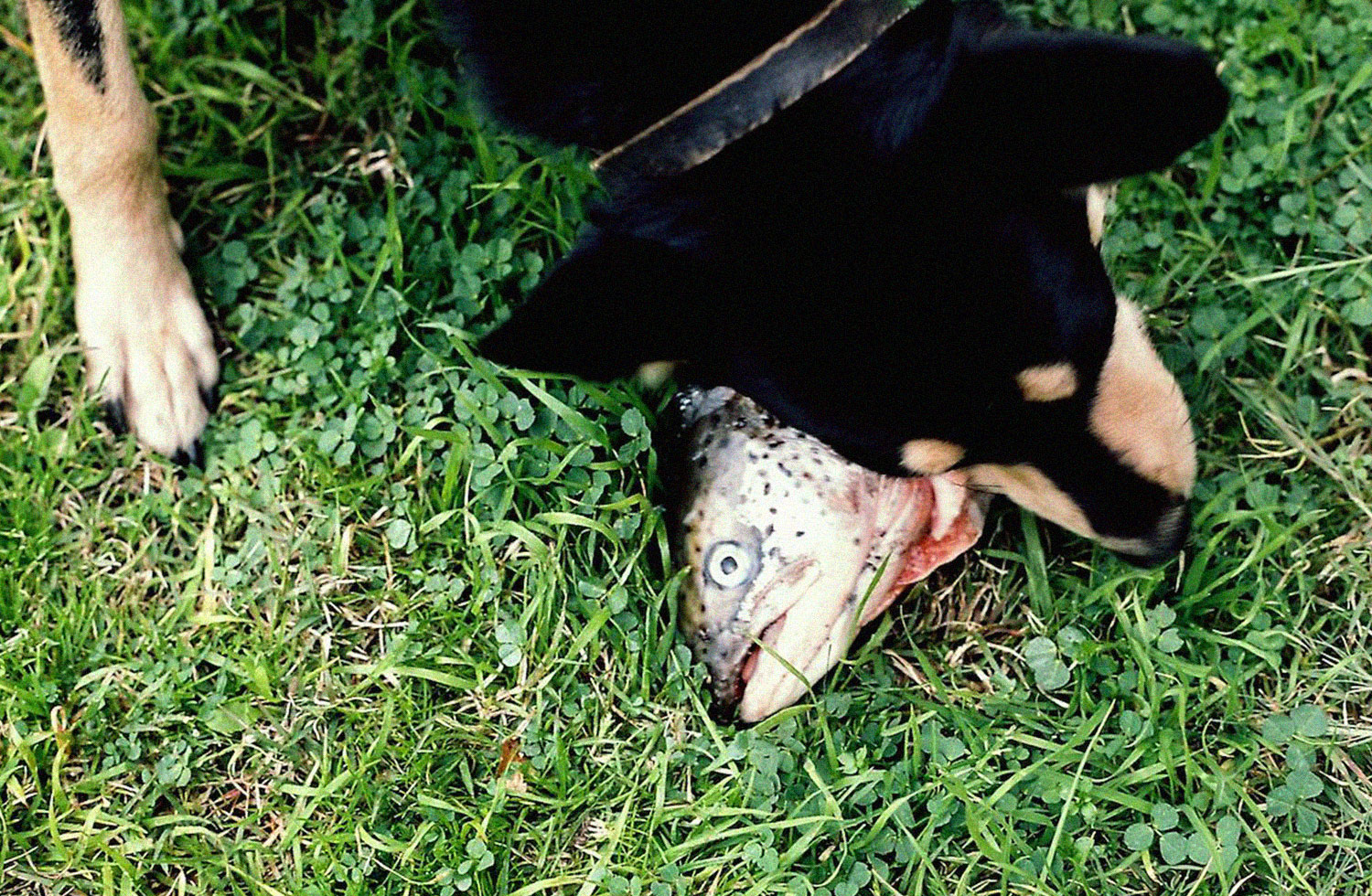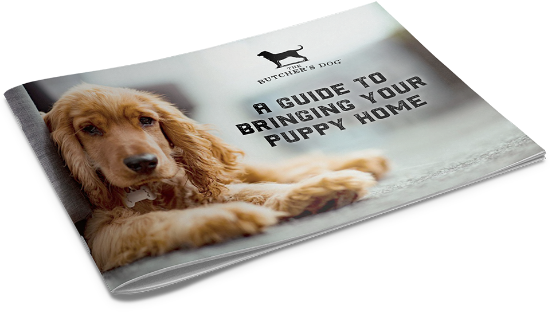How could this be? My shiny, playful, cheeky pal who seems as spritely as he did the day I adopted him, which feels like only yesterday. Well, it turns out that dogs over the age of just SEVEN are considered senior, and he is going on nine. Seven seems to me incredibly young to be considered a senior (perhaps because by this rationale I myself am a senior!), but alas I don’t make the rules.
It would never occur to me when Tex was seven that he was in any way elderly; he was honestly as fit as the day I brought him home. However, something changed at eight, and I was forced to face my dog’s mortality. What changed, you ask?

We got a puppy. Much like the signs of our own ageing perhaps go unnoticed until all of a sudden they don’t, introducing a bubbly young puppy, who wanted to play absolutely non-stop, made me realise my older boy actually had slowed down a bit. He slept more, he moved less and a bit more slowly, his breath wasn’t quite so fresh, and he’s not as regular as he once was. When he was younger you could set your watch to the routine of his number twos, whereas these days at times it’s bit more effort.
He’s also a grumpy old shit, but to be fair he always was so I don’t think that’s age related.
If we look at the website of a popular veterinary chain, the key areas of interest for pet owners with an ageing dog are: mobility, lumps and bumps, changes in appetite, thirst or weight, and dental health. As the owner of an ageing dog, I can attest that these are all things I have monitored and attended to in the last 12 months. Don’t get me wrong, Tex is still incredibly active and is often confused for a puppy by admiring strangers, but this is because of my close attention to his diet and overall wellness, not in spite of it.
Contrary to what many sources will tell you, dogs’ nutritional needs do not change as they age. There is no separate set of nutrition guidelines for older dogs, and no evidence based reason for them to require totally different food. But that’s not to say there aren’t things we can do to support them in their twilight years, and that includes through food.

I took Tex to our wonderful holistic vet about a year ago because I thought he needed to be put under for nail trim. He is extremely fear aggressive about having his nails trimmed, and after many attempts through many different avenues, multiple different professionals have advised me that sedating him is presently the only way to do it without traumatising him further. Much to my delight, our vet told me that his nails weren’t medically an issue and didn’t yet need to be tended to. Much to my dismay, she said the reason for the change in his front paw movement was not due to long nails, but rather to cartilage degeneration from age, which would likely one day progress to become arthritis. Great. To combat his current symptoms and prevent further deterioration, we now use a plant and marine extract-based veterinary supplement to support the cartilage generation in his joints, and we focus on an anti-inflammatory diet with loads of omega 3-rich and gut-supporting foods. He gets plenty of fresh oily fish, high gelatine bone broth, cartilage dense foods like trachea and chicken feet, and a balanced whole foods, species appropriate diet to keep him at a healthy weight and thus support his joints.
I also had his routine checkup tests done in this appointment and the vet commented that his urine was very concentrated. Distraught, I queried why this would be, immediately presuming he had some sort of devastating kidney disorder. But upon relaying that it was a morning wee, that he can easily go a whole day without a toilet break and that he isn’t a big drinker, she assured me that it was no cause for concern. She did recommend, however, that I ensure he gets plenty of water so his ageing urinary tract doesn’t need to work overtime. But how?! He’s the most stubborn dog I know! Add it to his food, she replied. Sometimes the answer really is that simple and just staring you right in the face. Make sure your ageing dog stays hydrated, and add water to their food if they don’t drink a lot. Check.

Like humans, dogs can be more prone to constipation as they get older, and this can pose a challenge for a species that is not designed to eat plants. I started adding more vegetables to Tex’s diet when I noticed this change, but the gas that comes out of this boy when he eats veggies is something else. To combat this, I give him a digestive enzyme when he eats veggies, because dogs don’t produce the enzyme amylase in their saliva like we do, which is necessary for digesting carbohydrates. It helps, but I also don’t like feeding him foods that he’s not well equipped to digest, so I also now feed him more muscle meat and less bone than I used to, which also helps. He kept regular treats and bones with fur, which is nature’s answer to fibre for carnivores, and sometimes I do also give him some oats of a morning, which contain lots of both soluble and insoluble fibre, and assist with bulking stools and keeping us regular.
To combat the issue of his morning breath, I regularly feed recreational bones, as well as food and treats that require gnawing and ripping. Tex’s teeth are actually in great shape for his age and he has no dental disease at all (according to regular vet check-ups), but this is definitely something we aim to prevent through species appropriate foods, rather than treat with veterinary intervention. He’s never had his teeth cleaned and I fully attribute his good dental health to his lifelong species appropriate diet, but this is certainly something I’ll monitor closely now that he’s older. There is a species of brown kelp—specifically Ascophyllum nodosum—that has also been shown in studies to combat dental disease and, combined with foods that contain antibacterial properties, like parsley, mint or coconut oil, may help either as a food topper or a homemade toothpaste. We’re yet to try this (see my previous point about grumpiness), but we will soon.

Dogs can also be prone to a slowing of the metabolism as they get a bit long in the tooth, so it’s important to watch their portions and keep them at a healthy weight, which will both support their joints and help to avoid any of the vast number of diseases related to obesity. You can do this either by reducing their portions, or by selecting leaner foods in the same rations. This also isn’t the case for all dogs, and I have actually found I need to feed Tex more than I did when he was young, although this may be partly due to his spritely sister keeping him active through the day, when previously he spent hours sunning himself in a lap of luxury.
And as for the lumps and bumps? My advice is to regularly check your dog over when you’re giving them affection, and get any new lumps vet checked right away. Once you know they’re nothing serious, embrace their new, unique weirdness and enjoy the rest of the precious years you have left together.

























































